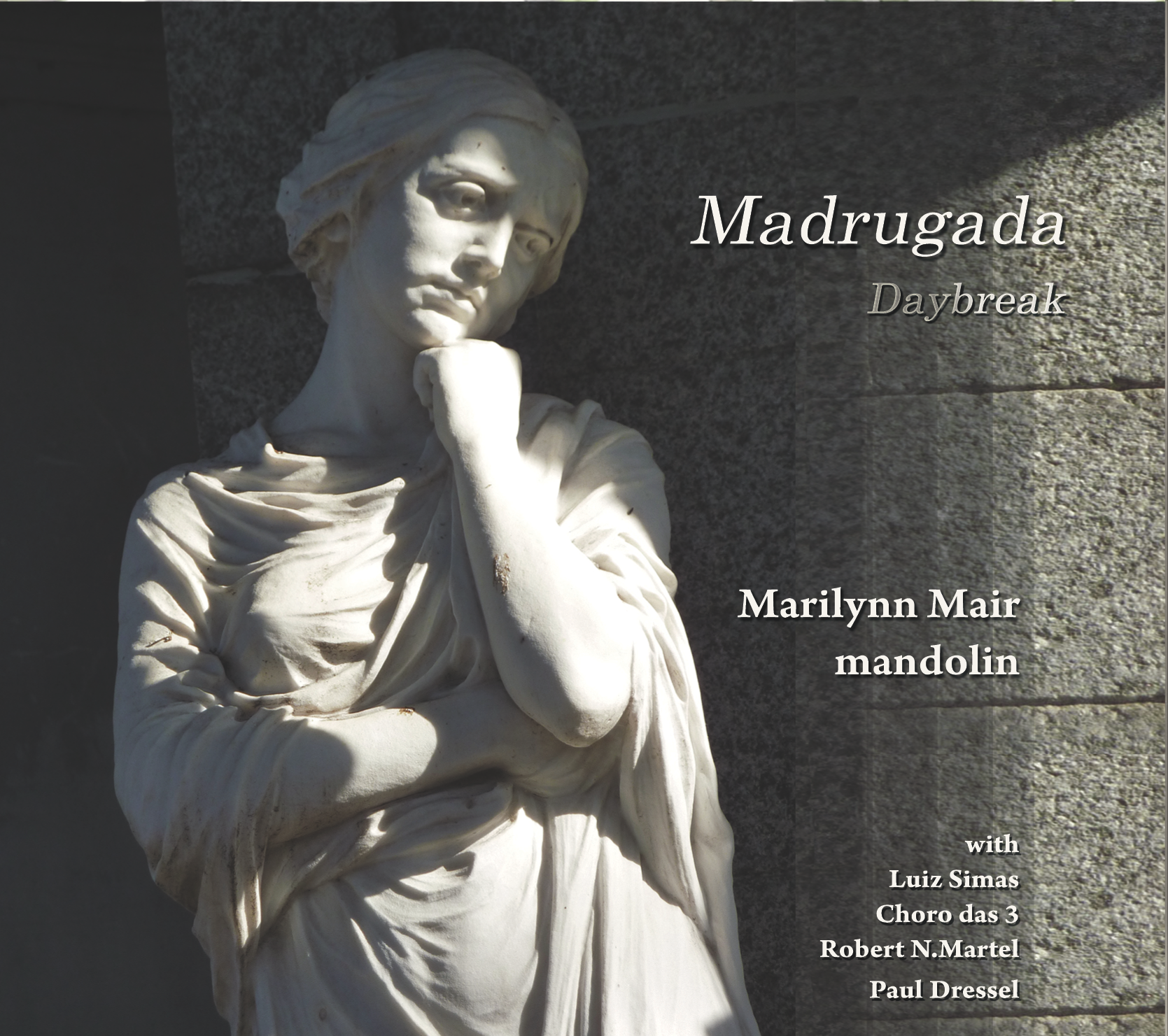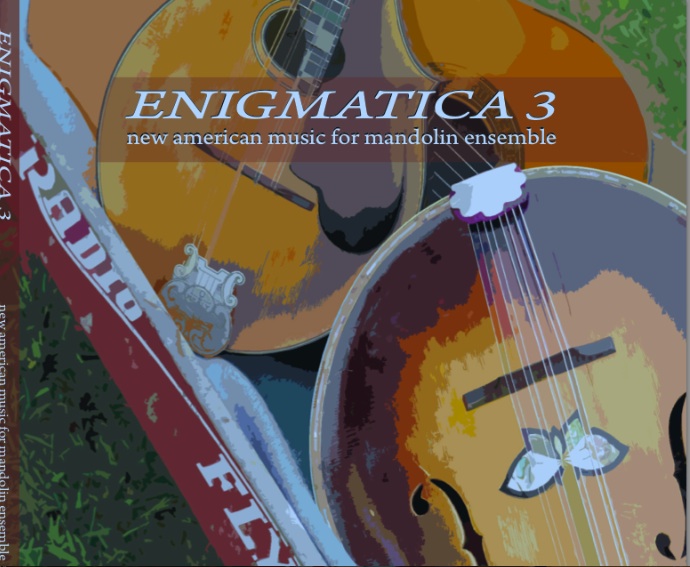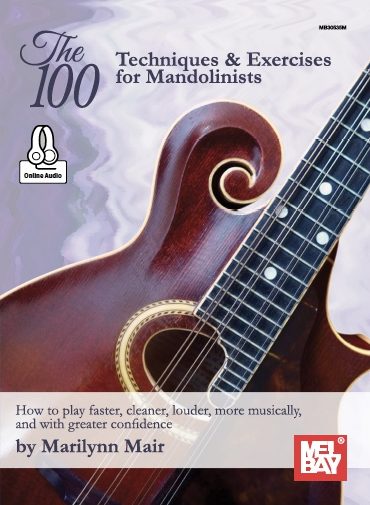based on an article that originally appeared in “Mandolin Magazine,” Spring 2004
Download the sheetmusic that accompanies this article: Etude # 3 Siegel
If you’ve read my recent articles on developing tremolo, you should have some idea on how to gain consistency in your extended down-up work. But a good tremolo develops slowly. It will take months of steady practice to see a change of any magnitude in your ability to tremolo smoothly and expressively. You need to commit to the long haul in your efforts for tremolo nirvanayou’ve only begun the journey. Try to find new pieces of similar difficulty to those I’ve given you, and keep honing your skills, working to shape the long note with a relaxed right hand. But we can see progress in right hand technique in other contexts. For this issue we’re switching gears to work on a couple of pragmatic skills: learning the left-hand roadmap of your fingerboard in first position, and refining the coordination of your hands to play more cleanly.
The mandolin is played with diatonic fingering so, looking at the notes required to play in all keys, each left-hand finger is responsible for covering two or three different frets. This is different from the guitar, that’s played with chromatic fingering, using one finger for each fret. So on the mandolin, your left hand is constantly required to readjust as it determines which fret it’s being asked to play. You have to make the choice, quickly and exactly, because if you don’t you’ll play the wrong note, or your note will buzz, or you’ll otherwise interfere with the beauty of the music you are attempting to bring to life.
Scale and arpeggio exercises are a good way to teach your left-hand fingers their correct placement on the neck of the mandolin. Get yourself a book of violin scales and arpeggios for every key signature; it’s work that needs to be done. If you’re only playing in first position at present, then get a book with scales and arpeggios written in first position, but eventually you should be able to play scales and arpeggios in all keys on the extent of the usable fingerboard of your mandolin. Yes, that should keep you busy for a few months. It might not sound like the most creative work, but it’s essential to developing the flexible technique you need to become a creative musician.
But classical pieces, unlike fiddle tunes, rarely stay in one key for their entirety. So besides learning all the scales and arpeggios, you have to learn to combine finger patterns to modulate from one key to another. When a composer decides to change keys in the middle of a piece of written music, s/he introduces “accidentals,” sharps or flats not called for in the original key signature but added to alter a specific note. So, while the key signature of the piece doesn’t change, the tonality does, temporarily. And you, as the performer, need to be able to keep track of the notes in the original key, while altering your fingering, as needed, to add the new notes.
An accidental affects the note it is applied to, and lasts for the entire measure it is introduced into. It disappears when you play across the barline to the next measure. So it can get a bit tricky remembering which accidentals are still in use, which belonged to the last measure and have disappeared, and what the heck the original key signature was anyway. And along with this mental work, your fingers need to move outside of their expected placements and play notes not found together in one particular key. This requires some practice to accomplish smoothly.
One exercise to use for this kind of work is “Etude No. 3” by Samuel Siegel (1875-1948), from “Siegel’s Special Mandolin Studies,” published at the beginning of the 20th century. Siegel, an American mandolinist, was highly-regarded as a performer and teacher at home and abroad. The etude is written in the key signature of G major, and the first two measures outline the G major arpeggio, followed by a C major arpeggio in measures 3 and 4, and then D7. But shortly thereafter the piece begins to modulate to G minor, with the first accidental appearing in measure 6. Measures 7 and 8 outline a G minor arpeggio, followed by a C minor arpeggio, adding the notes B flat and E flat. In measure 14, the F# from the original key signature disappears, but returns in the next measure. A “courtesy accidental” is used to mark the F# in measure 15 (also in measure 12). It isn’t necessary, as the F# is still in effect from the key signature, but it’s there as a reminder, since the F# follows B flat, a non-key note.
Play the piece smoothly with constant down-up picking, except in measure 6, and hold your left hand fingers down as long as possible to create a legato feel. All your tremolo work should have improved your right hand technique in this context too, so you can focus on your left hand and coordinating the hands. Try to play all the notes cleanly, adjusting your fingers between frets as required by the accidentals. The exercise is entirely in first position, so use this opportunity to clean up your left hand fingerboard map for the first 7 frets without the added complication of incorporating shifts. Work to improve the coordination of your two hands as well, by practicing with a metronome to keep your playing steady. You can slowly increase your playing speed, as long as you maintain a clear tone and precise finger placement. This is a simple exercise, but it can be very effective in helping to improve your tone.




